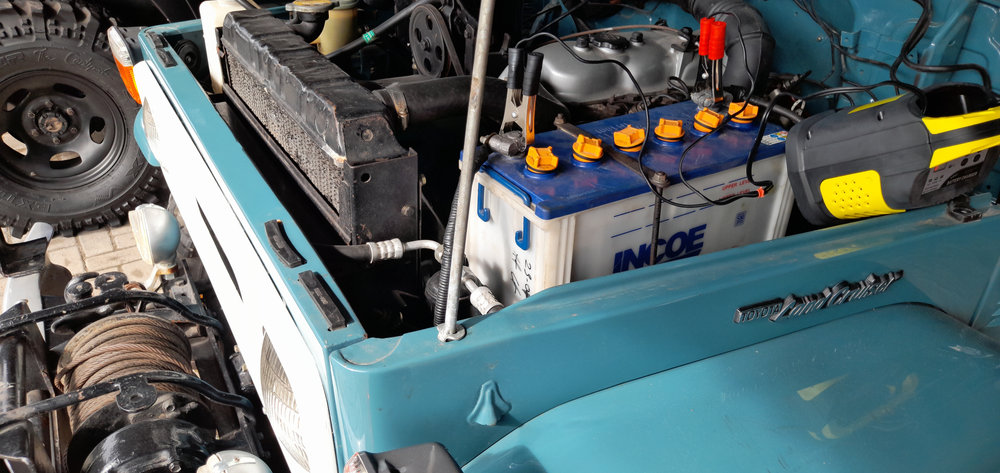How Do You Tell If Your CV Joints Are Worn?

CV (constant velocity) joints are crucial components of a vehicle’s drivetrain, responsible for transmitting power from the transmission to the wheels while allowing for steering and suspension movement. When CV joints wear out or become damaged, it can lead to various symptoms.
Here are some common signs that your CV joints may be worn or in need of attention…
- Clicking or Popping Noises – A clicking or popping sound when turning, especially during sharp turns or when maneuvering at low speeds, is a common symptom of worn CV joints. This noise often indicates that the joint’s bearings are damaged or the CV boot (protective cover) is torn.
- Vibrations – If you feel vibrations or shaking, particularly during acceleration or when driving at constant speeds, it may suggest a problem with the CV joints. Uneven wear on the joint or worn-out bearings can lead to vibrations that are felt through the steering wheel or floorboard.
- Grease Leakage – CV joints are packed with grease, and they are protected by a rubber CV boot. If you notice grease on the inner or outer side of the wheel, it could mean that the CV boot has torn, allowing grease to escape and contaminants to enter. A torn boot should be addressed promptly to prevent further damage.
- Limited Steering Range – Worn CV joints can restrict the vehicle’s steering range, making it difficult to turn the wheel fully in one or both directions. This can result in a reduced ability to steer the vehicle effectively.
- Clunking or Knocking Sounds – A clunking or knocking noise coming from the front of the vehicle when going over bumps or rough terrain can be a sign of worn CV joints. Damaged or loose joints can create this noise as they move within the assembly.
- Axle Grease Splatter – If you notice axle grease splattered on the underside of the vehicle, it can indicate that a CV joint has failed, and the grease is being expelled from the damaged joint.
- Visible Damage – Inspect the CV boots for visible damage, cracks, or tears. A damaged boot exposes the joint to dirt, moisture, and debris, which can accelerate wear and lead to joint failure.
- Steering Problems – Worn CV joints can affect the vehicle’s steering, leading to difficulty in maintaining control, especially when turning. You may experience erratic steering behavior.
If you observe any of these symptoms or suspect issues with your CV joints, it’s essential to have your vehicle inspected by a qualified mechanic or technician. Neglecting worn or damaged CV joints can lead to further damage, unsafe driving conditions, and more expensive repairs if not addressed promptly. Replacing CV joints or axles as needed can help ensure the safe and smooth operation of your vehicle’s drivetrain.
